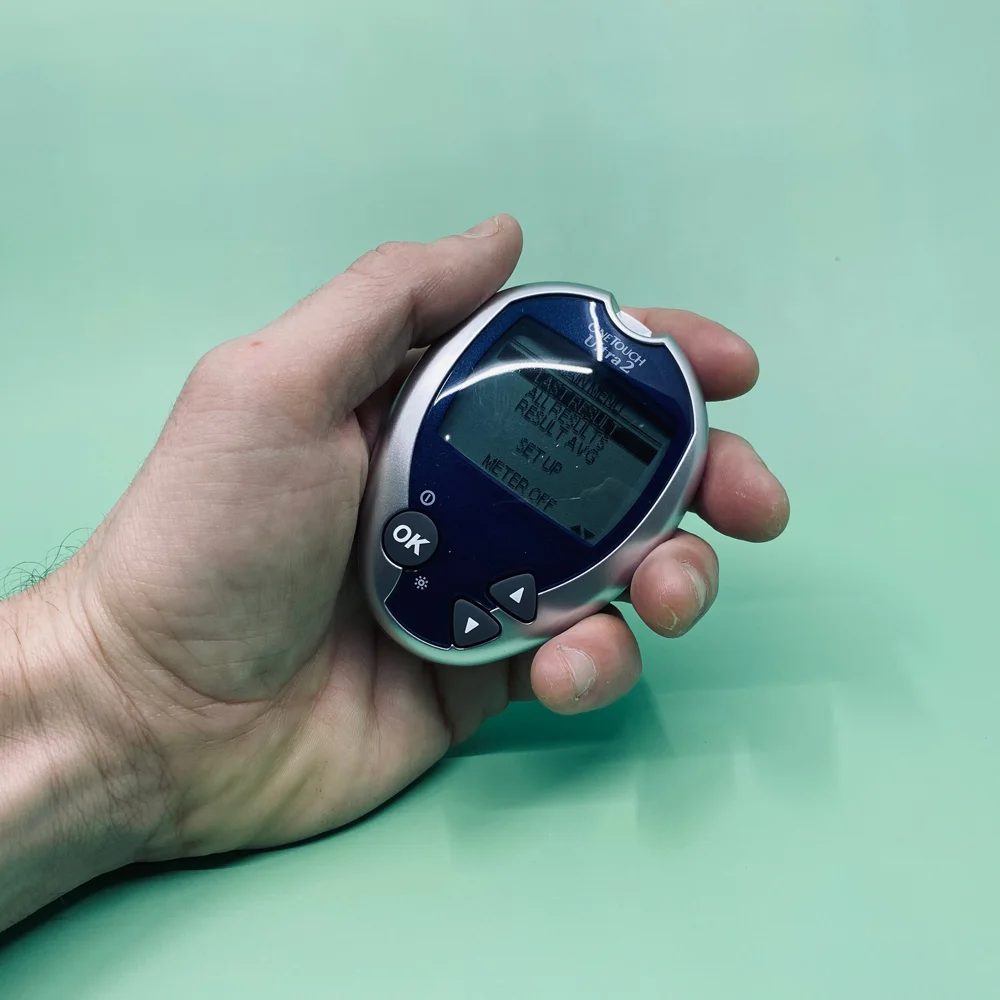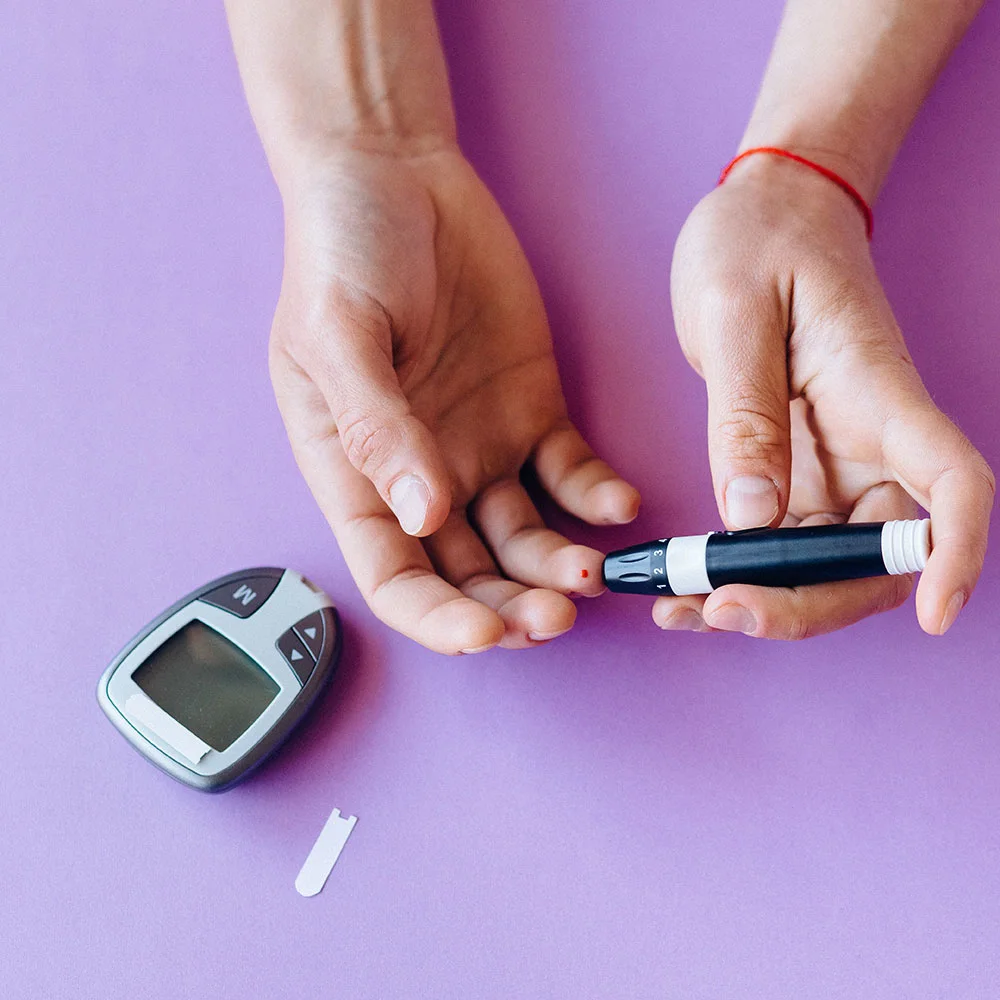Blood sugar (glucose) is one of the body’s main sources of energy. Blood sugar levels go up after eating and go down when fasting. Blood sugar is primarily regulated by the hormones glucagon (which increases blood sugar) and insulin (which decreases blood sugar). Having a blood sugar level that is too low (hypoglycemia) is dangerous and can even lead to death. Because of this, excess glucose is stored in the liver and in muscle tissue and gets released into the body when blood sugar levels are too low.
Having a blood sugar level that is too high (hyperglycemia) is a sign of diabetes. Consistently having a fasting blood sugar of 100–125 mg/dL is diagnostic of prediabetes while consistently having a fasting blood sugar >125 mg/dL is diagnostic of diabetes. In the short term, very high levels can cause life-threatening issues. In the long term, elevated blood sugar can lead to nerve damage, blood vessel damage, eye problems, heart disease, kidney disease, and more. People with diabetes can control their blood sugar levels with diet, exercise, and oral and injectable medications.
What we mean by normal
In medicine, using the term “normal” can sometimes be off-putting. Saying something is “normal” implies that everything else is “abnormal.” Additionally, saying something is “normal” may not be accurate, since something that is “normal” for you may not be “normal” for somebody else. Therefore, instead of saying certain values are “normal,” alternative terminology may be to say that these values are “healthy” or “within the reference range.”
Additionally, some values have well-defined cutoffs, while others do not. For example, when looking at hemoglobin A1c levels, a value of 6.5 or greater is always diagnostic of diabetes. On the other hand, when looking at testosterone levels, some use cutoffs of 270–1,070 ng/dL while others use cutoffs of 300–1,000 ng/dL.
The information above represents values that are commonly used as cutoffs. However, depending on the specific source you’re looking at or the laboratory you go to, their values may be a little different.
DISCLAIMER
If you have any medical questions or concerns, please talk to your healthcare provider. The articles on Health Guide are underpinned by peer-reviewed research and information drawn from medical societies and governmental agencies. However, they are not a substitute for professional medical advice, diagnosis, or treatment.












